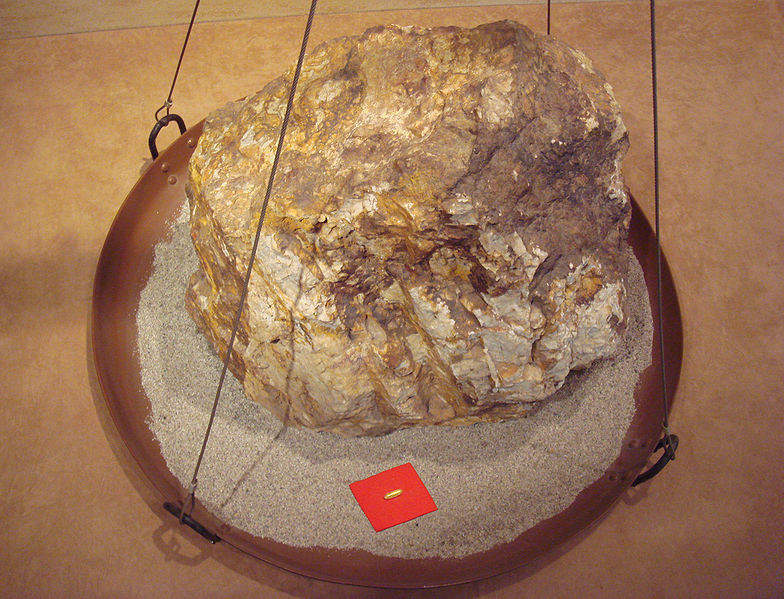
The 2018 program included a 7,038 line-kilometre aeromagnetic survey and the collection of 431 till and 31 rock geochemical samples. The Baffin Gold Property covers one of the largest undeveloped greenstone-iron formation gold belts in Nunavut, totalling 408,981.6 ha and covering 160 kilometres of the Foxe Fold Belt on central Baffin Island.
“With this new 2018 airborne data, and further till sampling in under-explored areas, we are excited to see how our knowledge from significant gold results from 2017 can be applied to the larger regional setting,” stated ValOre President Jeff Ward. “We are confident that ValOre’s first two Baffin Gold programs will upgrade current targets and begin to unlock the potential of this prolific gold belt.”
As follow-up to the 2017 program, ValOre’s 2018 summer program focussed on infilling current geophysical datasets and obtaining airborne geophysical coverage on lands not yet explored. The airborne survey was designed to extend known gold-bearing Bravo Lake Formation geology and find additional occurrences using new geophysical data over gold-in-till anomalies not yet followed-up. With this new survey, ValOre now has continuous airborne geophysical data covering 120 kilometres of the prospective Foxe Fold Belt.
Last year, ValOre’s maiden exploration program focused on a 68 kilometre-long central portion of the large Baffin Gold Property. The program succeeded in confirming significant gold bearing zones and provided a better understanding of the varied host geological settings. The 2017 program reported numerous high-grade gold assays from banded iron formation and quartz veins, and seven new priority areas delineated by anomalous geochemical results in till (see October 25, 2017 news release).
During the month of July 2018, Tundra Airborne Surveys Ltd. (“Tundra”) of St. Catharines, Ontario completed a 7,038 line-kilometre, fixed wing (horizontal gradient) aeromagnetic survey on the Baffin Gold Property. The survey in-filled and extended existing geophysical grids, with some overlap to help integrate legacy data. Fixed wing aeromagnetic lines were flown at 200 metre spacing. Final deliverables from Tundra are expected by late September 2018.
During Tundra’s airborne survey operations, a four-person field crew collected 438 till and 31 rock geochemical samples. The till sampling program was designed to expand anomalous trends discovered in 2017 and repeat regional gold-in-till values from historic sampling. Line spacing was between 250 and 500 metres, or 125 metres in areas of interest. Sample spacing was between 125 and 250 metres. All samples will be sent to ALS Geochemistry (ALS) in Vancouver, BC for final analysis. Till samples will be submitted for Au-CN44 cyanide extraction and ME-ICP61 analysis. Rock samples will be analyzed using Au-AA23 fire assay methods with final ME-ICP61 analysis. ALS Geochemistry meets all requirements of International Standards ISO/IEC 17025:2005 and ISO 9001:2015.
Jeff Ward, P.Geo, President of ValOre and a Qualified Person under National Instrument 43-101 has reviewed and approved the technical information contained in this release.
Source: Company Press Release






